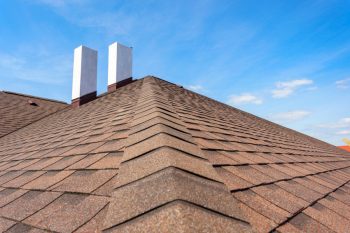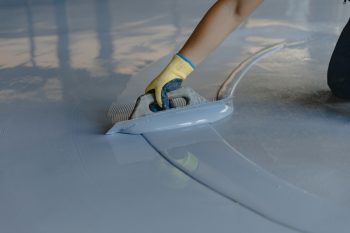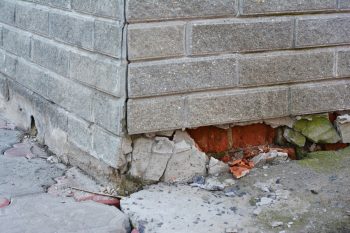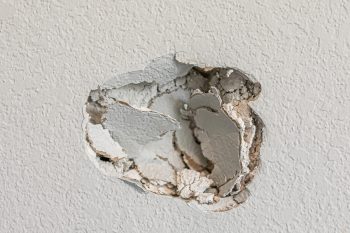
Did you know that accidental fall is the top three leading causes of preventable injuries in 2021? According to Injury Facts, there were 42,114 injuries from accidental falls in 2021.
The most unfortunate fact about this is these losses might have been preventable. Hopefully, with correct planning and execution, we can improve these numbers in the upcoming years.
The US Department of Labor – Occupational Safety and Health Administration has set a fall protection standard for workers and employees to prevent work-related injuries, accidents, and deaths.
You might be wondering, is my one-story house required to have roof anchor points? What about my one-story commercial space? Are there any temporary alternatives to anchor points? Before diving into the details, let us check the key takeaways in this article.
Fall protection is the main reason installing roof anchor points is required by law, especially if you own a commercial building. Here are several different scenarios why your roof would require anchor points:
- General industry workplaces
- Shipyards
- Construction Industries
- Longshoring Operation
- Dangerous Equipment and Machinery
This article covers several different scenarios where a roof requires anchor points.
When Does a Roof Require Roof Anchor Points?
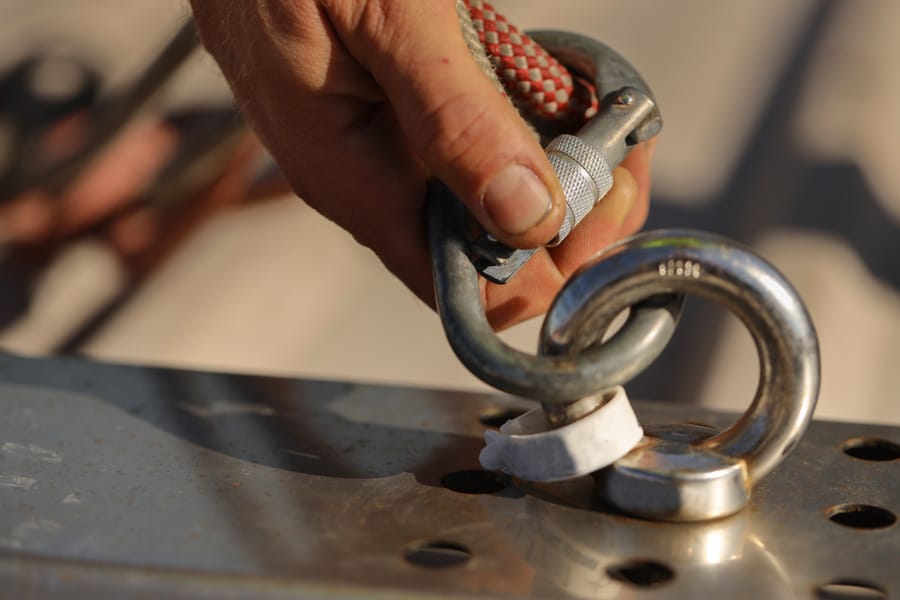
What is the purpose of a roof anchor? The primary purpose of roof anchor points is for fall protection and falling object protection. However, there are different guidelines for every industry.
Each personal fall arrest system must be able to pass these requirements according to the equipment they are using:
- Body belt — must be able to support a single 900-pound employee.
- Body harness — must be capable of supporting a single 1,800-pound employee
- The personal fall arrest system must be rigged so the person will not fall for more than 6 ft (1.8 m).
1. Residential Construction Fall Protection
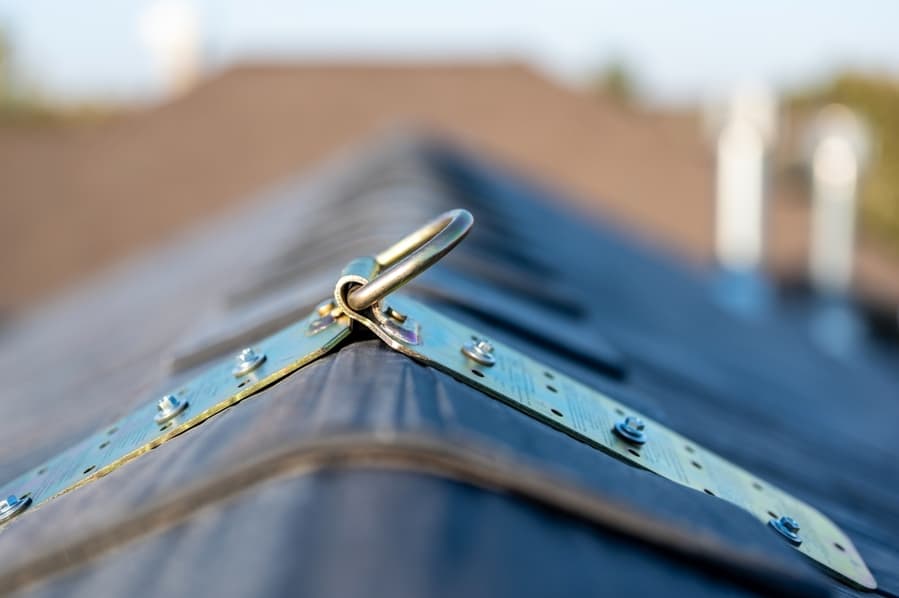
The Occupational Safety and Health Administration has set a standard for workers and employees working in residential homes.
Roof anchor points that will be used to attach personal fall arrest equipment must be capable of supporting 5,000 lbs per person attached.
The anchor and system must be designed, installed, and supervised by a certified and trained roof anchor installer. The certified installer will also determine how high the safety equipment should be installed.
You can read the Fall Protection in Residential Construction here.
2. General Industry

According to OSHA’s guidelines, general industries refer to all other industries except construction, agriculture, and maritime. The law requires employers to have fall protection and falling object protection.
Moreover, roof anchors and other fall protection devices must be in place if employees’ working area is elevated to a minimum of 4 ft (1.2 m).
3. Shipyards
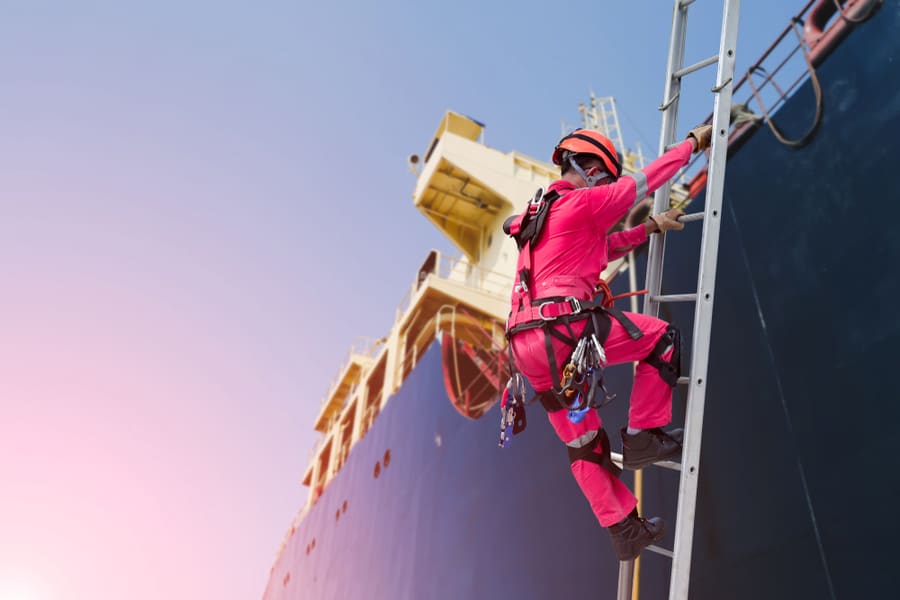
Shipyards refer to the industries that work on shipyard maintenance that is also on scaffoldings.
The OSHA guidelines require employers to provide a fall protection program on their roofs with anchors if the employees are designated in working areas that are elevated to a minimum of 5 ft (1.5).
4. Construction Industries
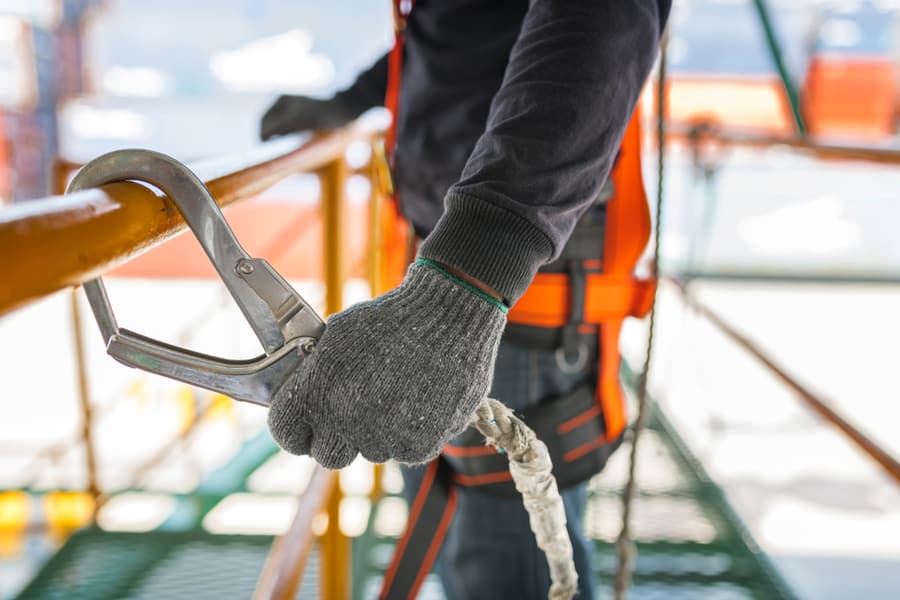
We are all familiar with the construction industry. The OSHA guidelines require employers to provide a fall protection program on their roofs with anchors if the employees are designated in working areas that are elevated to a minimum of 6 ft (1.8 m).
5. Longshoring Operation
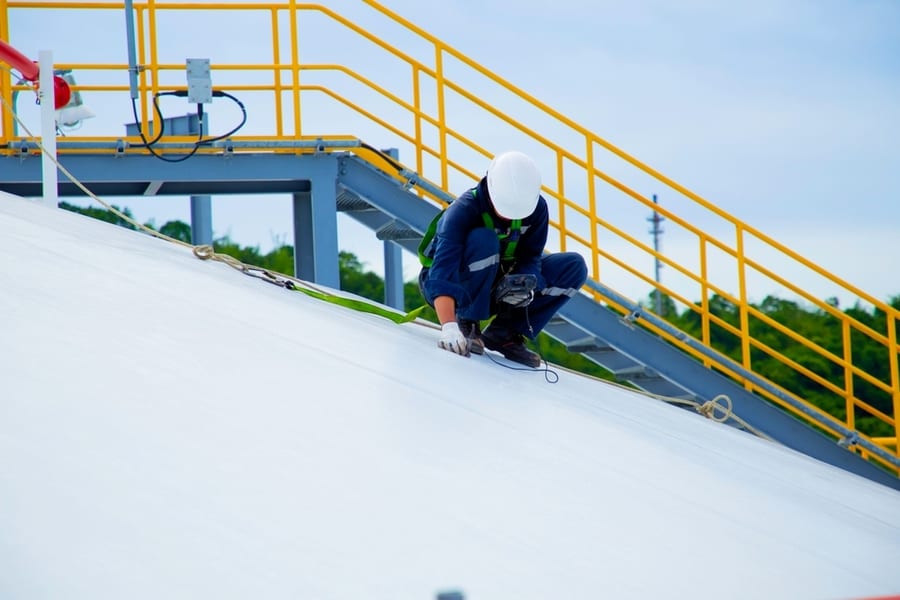
OSHA revised and based their Safety and Health Regulations for Longshoring on Marine Terminals Standard.
The OSHA guidelines require maritime employers to provide a fall protection program on their roofs and anchors if the employees are designated in working areas that are elevated to a minimum of 8 ft (2.4 m).
6. Dangerous Equipment and Machinery
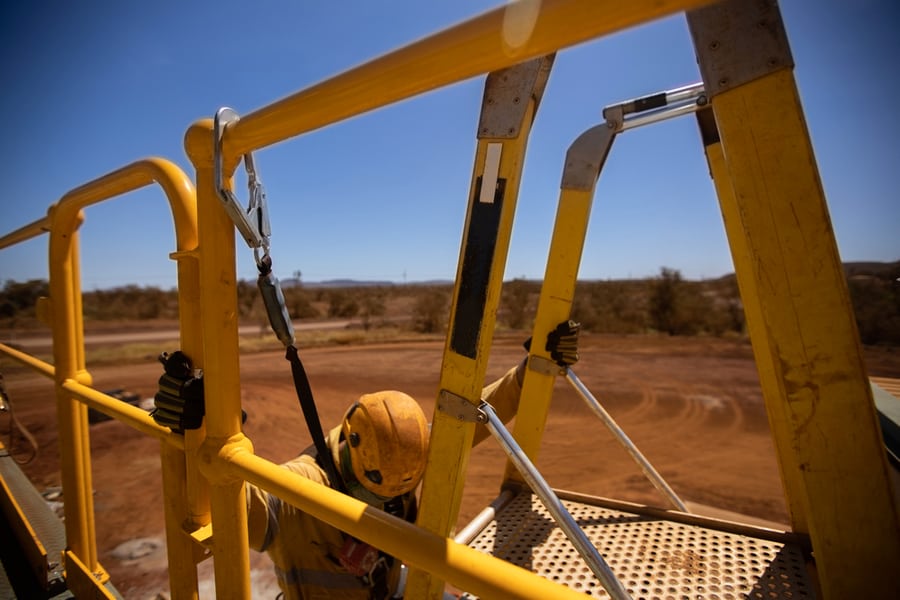
In some cases, the first five criteria are not met, but employees operate on dangerous equipment and heavy machinery.
In this case, it is the employer’s responsibility to provide fall protection regardless of the elevated height of the designated working area.
Summary
- According to OSHA’s requirements, harnesses should have the capacity to hold a person weighing 900 lbs.
- Body belts should be able to hold a person that weighs 1800 lbs.
- Personal fall arrest systems must be rigged, so employees will only fall for less than 6 ft (1.8 m).
- Anchor points should be installed in commercial buildings, but their location is based on what industry the building is used for.
Frequently Asked Questions
How Many Anchor Points Do I Need for a Roof?
The number of anchor points should be based on the number of locations in the building that needs regular cleaning or maintenance and the number of employees working in each location.
What Is the Purpose of Roof Anchors?
The main purpose of roof anchors is for fall protection. They are installed so that personal fall arrest systems can be attached.
What Are the Requirements for Anchor Points?
According to Occupational Safety and Health Administration (OSHA), the anchor must support at least 5,000 pounds per employee attached. A professional must supervise the anchor points’ design, installation, and usage.
Should I Install a Permanent Roof Anchor?
Yes. Residential houses that need regular roof maintenance, dish installations, and repair must have roof anchors. Commercial buildings should follow OSHA’s guidance in roof anchor installation.


